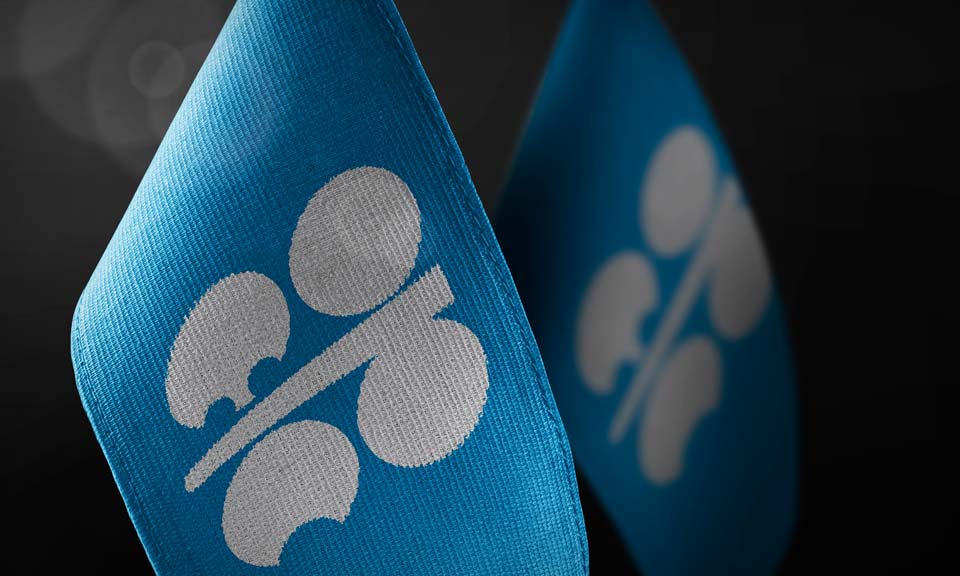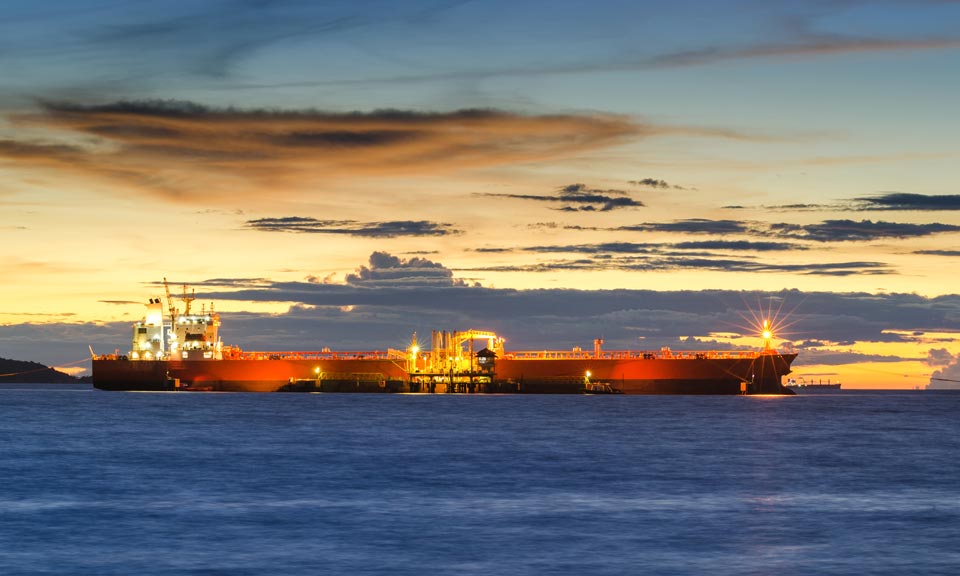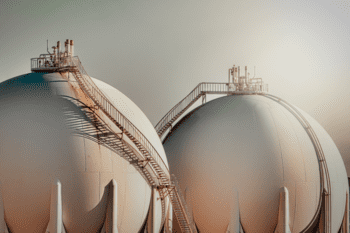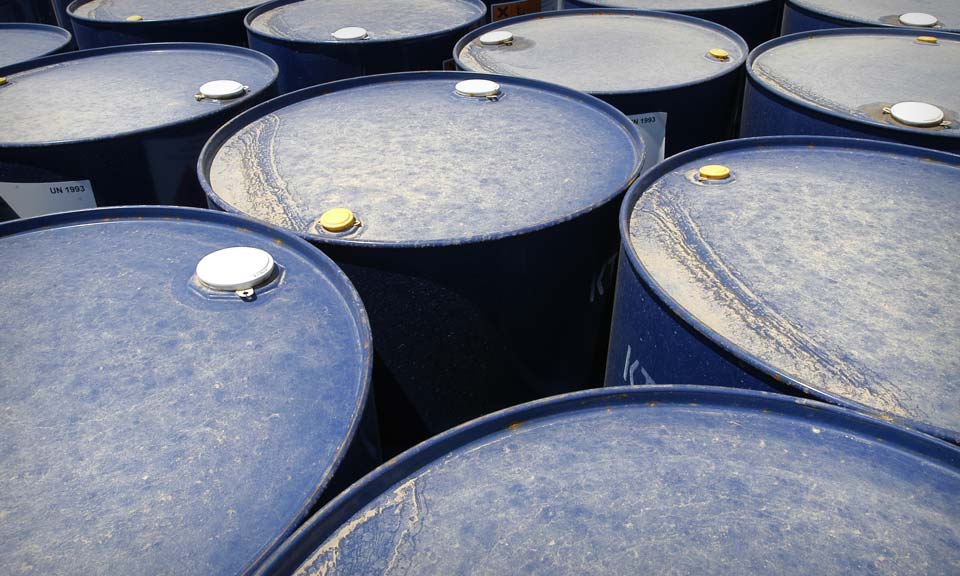Russia losing OPEC+ clout as Ukraine war weakens oil market role

OPEC and Russia remain aligned but the Kremlin's influence within the group of major oil producers looks diminished by sanctions and the international backlash to its war in Ukraine.
As the OPEC+ alliance prepares to hold its next virtual meeting May 5 to decide on June crude output levels, Russian production is already on the decline, and its exports will be further hit by an EU ban aimed at choking off the Kremlin's income from crude. Meanwhile, Saudi Arabia and the major Arab producers in OPEC are coming under intense pressure from the US to sever links with President Vladimir Putin's regime.
"Russia's formerly pivotal role within OPEC+ policymaking is now less certain, ahead of anticipated export dislocations and production shut-ins, but market dynamics had already reduced the importance of formal OPEC+ decisions compared to the past two years," S&P Global Commodity Insights' chief geopolitical adviser Paul Sheldon said.
Two months into the conflict, Saudi and the rest of OPEC continue to stand by their alliance with Russia, despite intense lobbying by US President Joe Biden to pump more oil and ease higher prices caused by the conflict. However, from the oil market perspective, Moscow's usefulness in managing crude supply is already much diminished.
OPEC+ production targets, which have been gradually raised as the worst economic impacts of the pandemic have worn off, are above many members' sustainable production capacities.
The alliance is set to approve another 432,000 b/d hike in quotas at its May 5 meeting but likely will not come close to fulfilling it.
Russia is almost certain to contribute to the growing OPEC+ supply gap, with its production falling to 10.04 million b/d in March, well below its quota of 10.331 million b/d, according to the latest Platts survey by S&P Global of the group's output.
That is still a sizeable 23.6% of overall OPEC+ production, but it is set to shrink further.
Preliminary S&P Global estimates of Russian production for April indicate a decline of as much as 1 million b/d from March, and ratcheting western sanctions combined with the EU ban on Russian oil imports are expected to see some 3 million b/d shut in by August.
For now, OPEC+ members say there is no need to abandon their ally, foreseeing a time in the oil market after the war has ended when Russia's clout might be needed.
However, it is a position that may become harder to defend if the conflict in Ukraine drags on for years, or escalates to draw in other nations.
In terms of market fundamentals, Russia's participation has helped OPEC restore its credibility. The group's market share had been declining for years with the growth of US shale and other non-OPEC production, prompting the bloc to join forces with Russia and nine other allies in 2017 to form their current coalition that now controls about half of global output capacity.
Analysis by the OPEC secretariat prepared for the group's meeting and seen by S&P Global indicates that slowing demand growth and the US-led release of strategic oil stocks by several consuming nations will lead to a 1.9 million b/d supply surplus for the year.
The analysis assumes the OPEC+ alliance will continue raising its quotas by 432,000 b/d each month until October, as planned, but does not model in any loss of Russian production from sanctions, which could eat up that surplus.
Despite higher oil and gas revenues the war will prove costly long-term for Russia's finances and ultimately will see it lose market share for its hydrocarbon exports.
At the start of 2022, S&P Global estimated fiscal breakeven oil prices for both Russia and Saudi Arabia at $65/b.
Russia's is undoubtedly higher now, due to expected losses of exports, as well as the extreme price discounts that Russian companies have had to absorb in order to entice buyers given the threat of sanctions.
S&P Global assessed key Russian crude grade Urals at $71.48/b, compared to global benchmark Dated Brent at $106.125/b on May 3.
For comparison, Urals was assessed at $90.72/b and Dated Brent at $100.48/b on Feb. 23, the day before Russia invaded Ukraine.
Asian customers are lapping up the Russian discounts, putting Russia in direct competition with OPEC's core Gulf members in their key market.
Discounts on Urals have led to a significant drop in Russia's oil revenues -- a major contributor to the state budget.
George Voloshin, head of the Paris branch of Aperio Intelligence, estimates that oil revenues have fallen to around $380 million/day, down about 11% since late 2021 when they averaged around $415 million to $430 million/day.
"The shock will be very painful going forward. Russia will be running high government budget deficits and depleting its FX reserves," he said.
Growing shut-ins, the risk of harsher sanctions and OPEC+ policy will determine Russian oil output levels and the health of its economy in the coming months.
For OPEC ministers, who have been urging a diplomatic resolution to the war and decrying western military aid to Ukraine, a recovered Russian oil sector is vital to the staying power of the alliance, which will have to confront the energy transition while meeting post-pandemic energy demand.
Ultimately, a prolonged war could force a reassessment of OPEC's ties with Russia.
(Update: Adds comment from Equatorial Guinea minister, appends updated infographic)

News
Russia, one of the world’s largest oil suppliers, has increasingly turned to non-Western firms to transport its crude to overseas buyers during its ongoing war with Ukraine . With a dual goal of undermining Russia’s war chest without creating significant disruptions to global supplies amid inflation pressure, G7 countries and their allies have banned tanker operators, insurers and other services firms from facilitating seaborne Russian crude exports unless the barrels are sold for no more than $60/b. The price cap regime, which came into force Dec. 5, 2022, does not directly cover tankers flagged, owned and operated by companies outside the G7, the EU, Australia, Switzerland and Norway, and not insured by Western protection and indemnity clubs. While such ships tend to be older and less maintained, their share in Russia’s crude exports market has been rising in recent months amid strengthening prices of Urals -- the OPEC+ member’s flagship crude grade -- and tightening sanctions enforcement by the West. Non-price-capped tankers have a larger market share in shipping Russia’s Pacific crude exports, according to analysis of S&P Global Commodities at Sea and Maritime Intelligence Risk Suite data. Crudes such as Sokol, Sakhalin Blend, and Eastern Siberia–Pacific Ocean grades are more often involved in these trades than Russian barrels from Baltic or Black Sea ports like Urals. Tanker operators in Greece, Europe’s top shipowning nation, managed to keep their traditionally strong market position in Russia in the first few months since the price cap took effect before giving ways to their peers in the UAE, Russia, China and Hong Kong. (Latest update: April 5, 2024)

News
Recording changes to Russian oil exports and EU oil imports since the war in Ukraine Russia’s war in Ukraine has triggered a major upheaval in the global oil markets, forcing Moscow to find alternative buyers and Europe to source new supplies as Western sanctions seek to clamp down on Moscow’s vital oil revenues. With an EU embargo and the G7 price cap on Moscow's oil now fully in place, Russian seaborne crude exports have remained largely resilient as displaced volumes of its discounted oil flow East. Russian oil product exports have also mostly held up with new buyers in Africa absorbing Russian diesel and other fuels now banned from Europe. (Latest update: April 3, 2024)

News
Initiative driven by demand for batteries from vehicles, energy storage IOC aims to be carbon-free by 2046 Tie-up comes as India supports NEV buildup Japan's Panasonic Energy and state-run Indian Oil Corp aim to finalize details for a joint-venture to manufacture cylindrical lithium-ion batteries in India as early as June to September, the Japanese battery maker said April 1. Both companies will engage in "a feasibility study regarding the utilization of battery technology to facilitate the transition to clean energy in India," Panasonic said, and have signed a binding term sheet with details to emerge "by the summer of this year." The initiative by the companies "is driven by the anticipated expansion of demand for batteries for two- and three-wheel vehicles and energy storage systems in the Indian market", it said. The collaboration comes as India takes steps to build up infrastructure for manufacturing and supporting new energy vehicles, especially in its interim budget for 2024-25. Following the budget announcement, Chinese automaker SAIC Motor and India's JSW Group plan to install a production capacity of 200,000 vehicles/year in India, focusing on NEVs, with ramping up to start from the end of 2024. In China, NEV is a term used to designate automobiles that are fully or predominantly powered by electricity and include battery electric vehicles as well as plug-in hybrid EVs and fuel cell EVs. IOC's tie-up with Panasonic will support the energy company's goals to be a zero-carbon emitter by 2046. India's lithium-ion battery manufacturing industry is expected to grow at a compound annual growth rate of 50% from 20 GWh in 2022 to 220 GWh by 2030, data from the India Brand Equity Foundation showed. Platts assessed prices for battery grade lithium carbonate at $14,350/mt CIF North Asia March 28, flat from the previous session, S&P Global Commodity Insights data showed, while lithium hydroxide stood at $14,000/mt CIF North Asia, also unchanged from the session before. Platts Connect: News & Insights (spglobal.com)

News
(Latest update March 28, 2024) OPEC+ ministers face the challenge of managing a slumping oil market as they discuss crude production for 2024. The following infographic highlights some key issues to watch out for during the upcoming talks. Related feature : OPEC+ committee meets as output cut policy finally boosts prices (subscriber content) Click for the full-size infographic